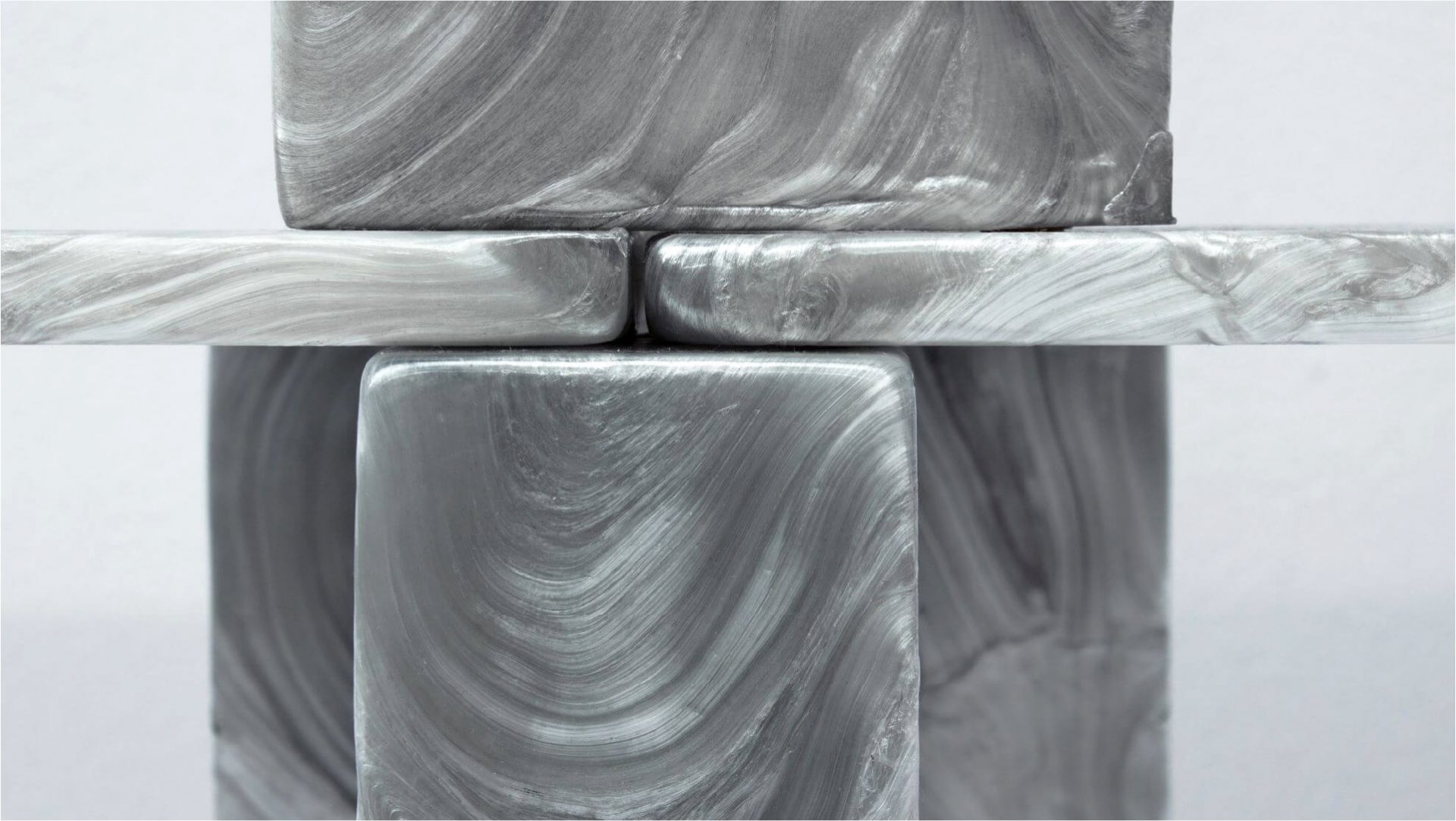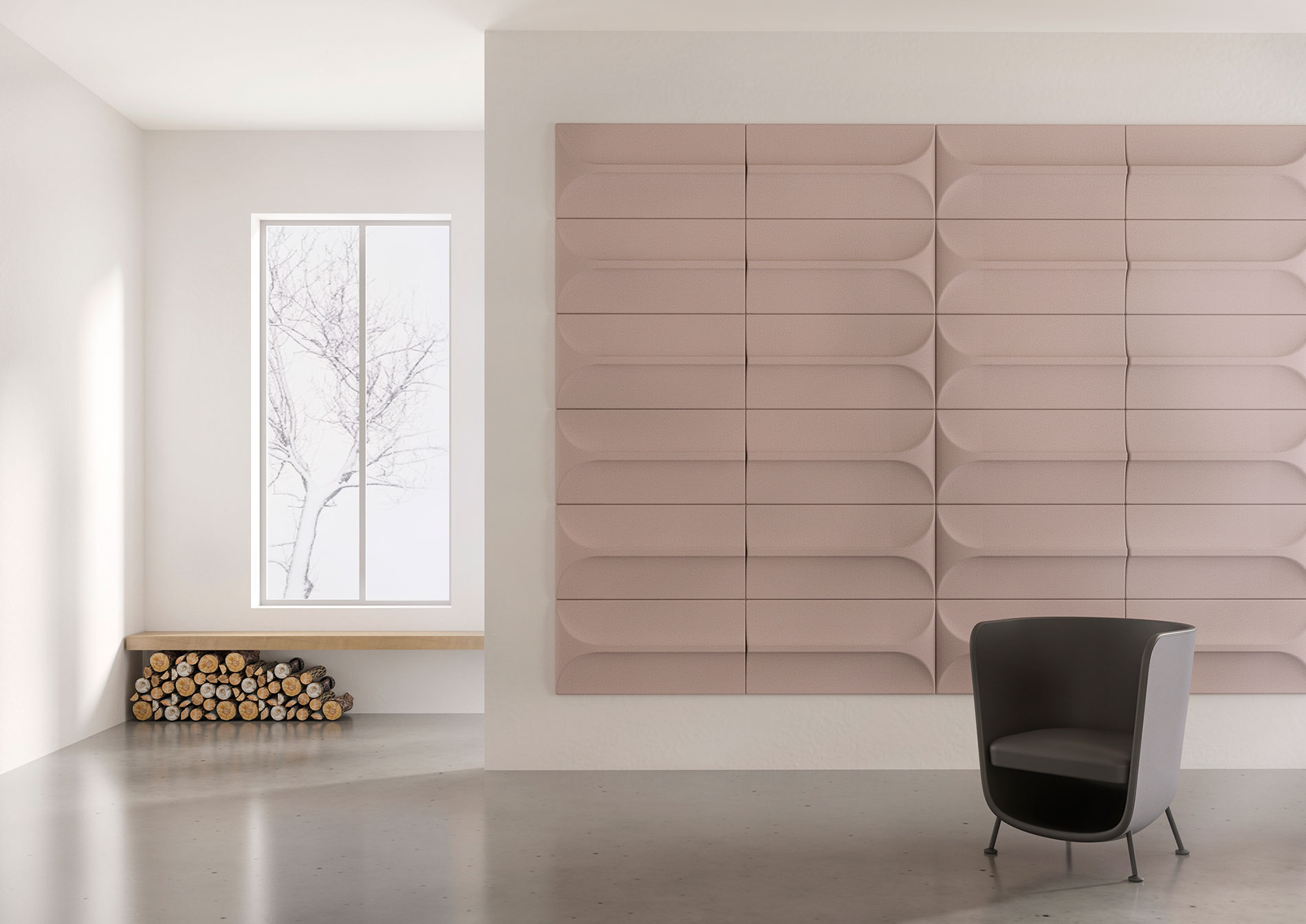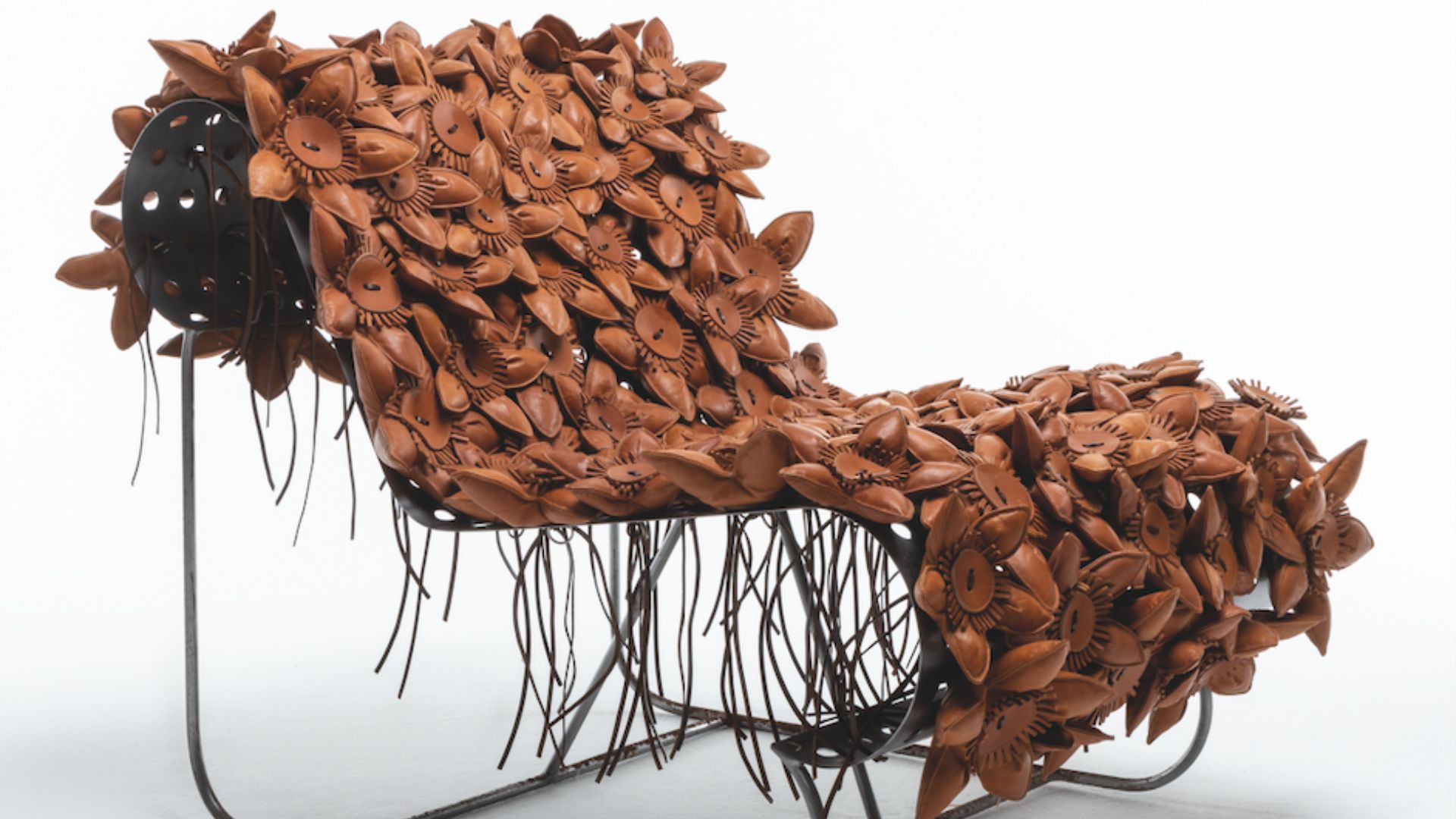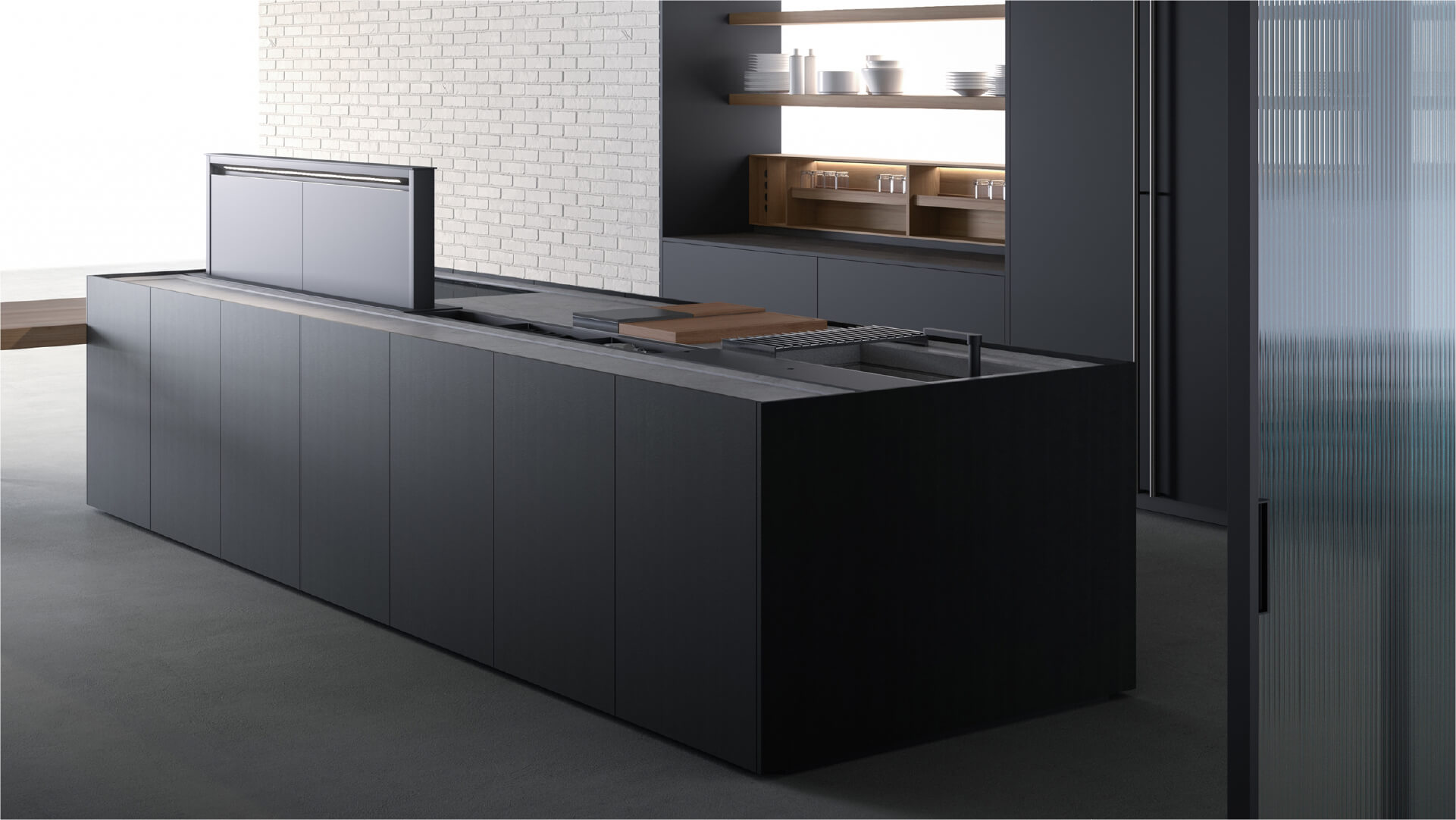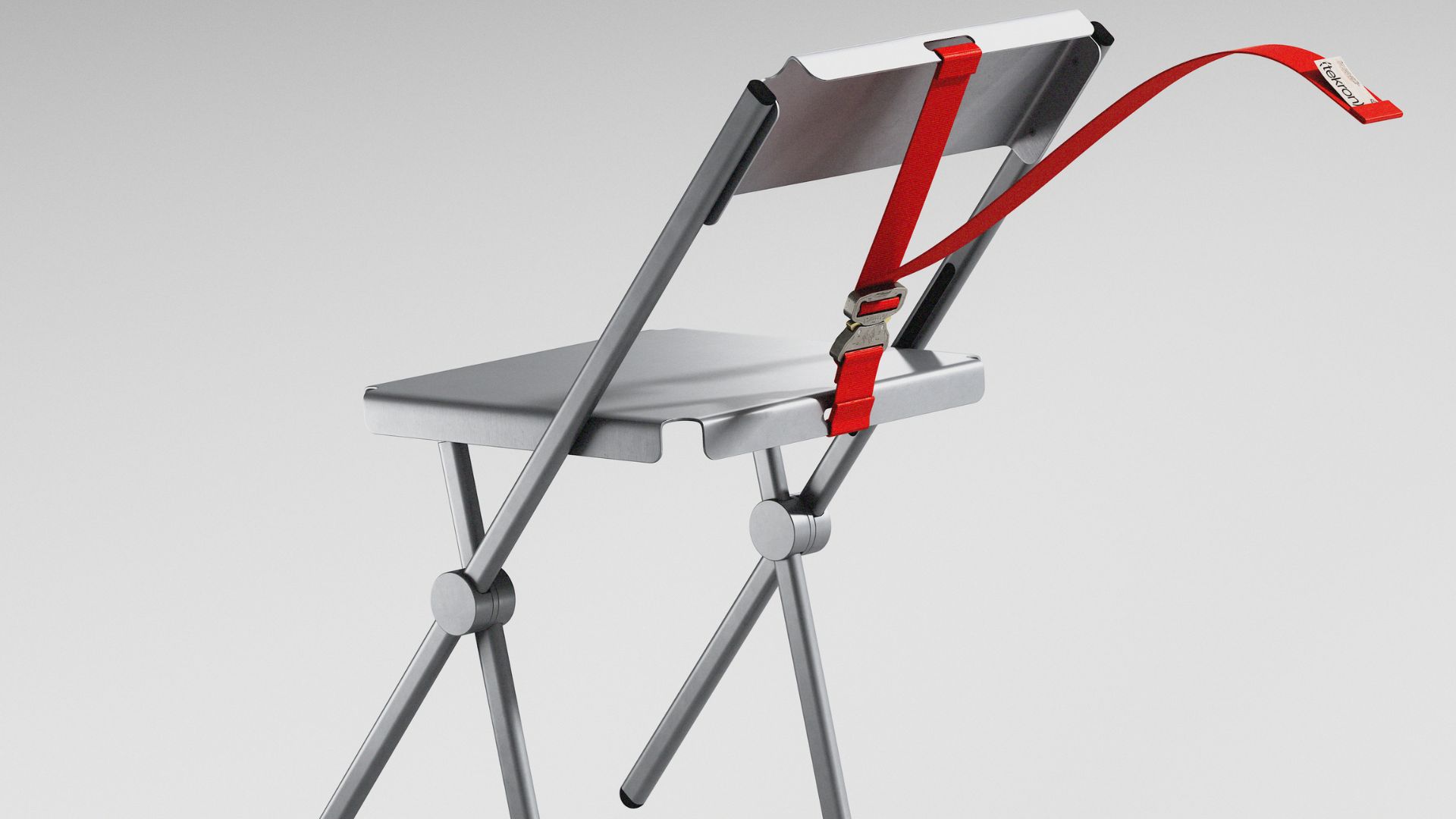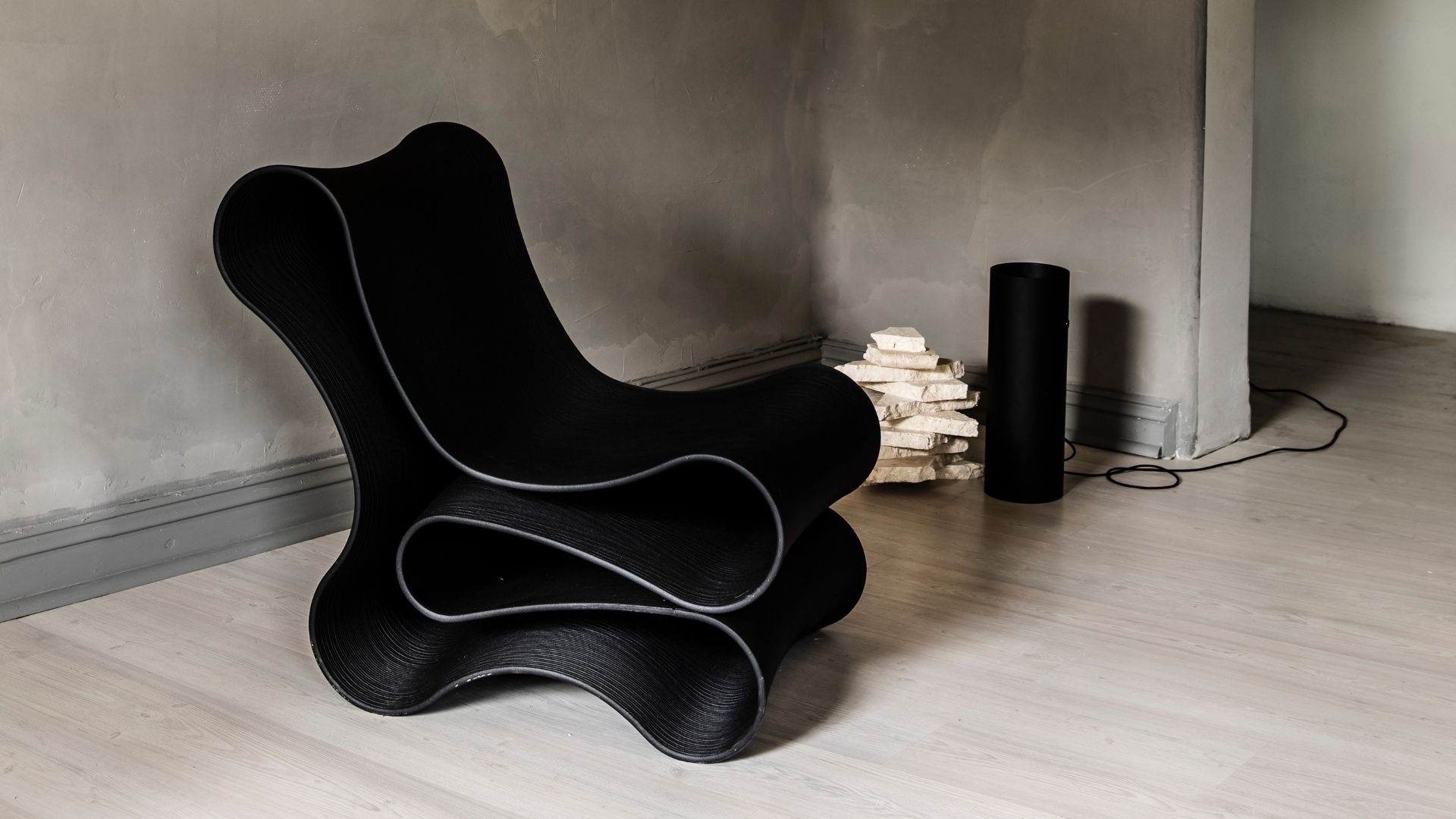Inspired by materials, forms, and an experimental design philosophy
Paul Kötz endeavors to disrupt conventional approaches to furniture design, advocating for a more thoughtful and unconventional engagement with everyday objects.

The German designer Paul Kötz embarked on his design journey at an early age, driven by a fascination with craftsmanship that emerged during his apprenticeship as a carpenter. His design philosophy revolves around challenging conventions and exploring the unconventional, drawing inspiration from everyday observations and discoveries.
Kötz’s commitment to innovation and experimentation is evident in his distinctive design techniques and methodologies, which prioritize creative exploration and the integration of unexpected elements. Through his work, he seeks to push the boundaries of what is possible in design, continually seeking new challenges and inspirations to drive his creative process.

Today, he focuses on his unique approach to design, publishing his creations under the name paulkoetz. We wanted to explore more about his background and asked him a few questions.
Who is Paul Kötz? How did your design journey begin?
Paul Kötz:
“My name is Paul Kötz and I’m from Hamburg. My design journey actually started quite early. After finishing school, I decided to do an apprenticeship as a carpenter because I was fascinated by craftsmanship. This experience awakened my passion for design and motivated me to continue. I then studied industrial design at the Folkwang University of Arts in Essen, Germany. There I was able to develop my creative side and find my own style.
After graduating, I gained valuable insights into the practical side of design by working in various design studios, both as an intern and as an employed designer. Today I focus on my own approach. I publish my designs under the name paulkoetz. My design journey is an ongoing process. I am always looking for new challenges and inspirations that drive me to improve my skills and develop innovative solutions.”

Could you elaborate on any distinctive or characteristic design techniques or methodologies that distinguish your approach from other design studios in the industry?
Paul Kötz:
“Inspired by materials, forms, and an experimental design philosophy, my goal is to challenge conventions and offer new perspectives by exploring the unconventional. This approach allows me to take unique paths, integrating unexpected and unpredictable factors, and breaking away from traditional methods of thinking about materials. By doing so, I can achieve experimental results that I can then use or quickly discard. I am confident that this approach will lead to exciting and innovative designs that push the boundaries of what is possible.
In my opinion, failed and discarded experiments can also benefit the design process. Ultimately, experimentation failures can lead to success and sometimes even produce something better. Experimenting with materials and shapes is a fascinating way to discover new material properties or processing methods. For me, the key to creative experimentation is to gain knowledge through trial and error.”

Which are your vital tools, resources and methods for your work?
Paul Kötz:
“In addition to the experimental design approach described above, I firmly believe that everyday observations and discoveries play a major and decisive role in generating good ideas. By constantly observing the world around us, experiencing new things, and recording our observations, we can unlock a wealth of creative potential. For example, I find classic junkyards to be a great source of inspiration. Exploring the unusual materials and shapes found there, each with their own unique history and aesthetic qualities, never stops fascinating me.
These objects often serve as a starting point for my design process. I love finding objects that inspire me to think outside the box. It’s important to me to stay practical and get things done. Once I have an idea, I like to implement it quickly and efficiently. I believe in checking and testing ideas as soon as possible, rather than just pursuing the perfect concept in my mind. For me there are many exciting ways to approach this task, including creating fast and easy 3D models, experimenting with materials, or even building 1:1 scale models.”

When working on a project, out of the many ideas you generate, how do you identify a good one?
Paul Kötz:
“To me, a good idea is one that elicits a specific reaction – it must possess a unique quality and the potential to effect change. It’s important to prioritize designs and ideas that not only capture interest but also initiate a dialogue that sparks curiosity. Additionally, aesthetic elements can also play a significant role. Particularly memorable moments for me are when I encounter designs or ideas from others that make me think: ‘Wow, that’s brilliant! I wish I had thought of that!’.
In my opinion, these are the exact ideas and results that many of us strive for. Another crucial aspect of my idea generation process is receiving direct feedback, often from the people closest to me. This helps me quickly determine whether my own perceptions align with those of others. This allows me to evaluate the feasibility of my designs and ideas efficiently. However, I firmly believe that having a good idea alone is often not enough. Through my project work, I have come to appreciate the importance of both the idea development process and the project execution process as a whole.”
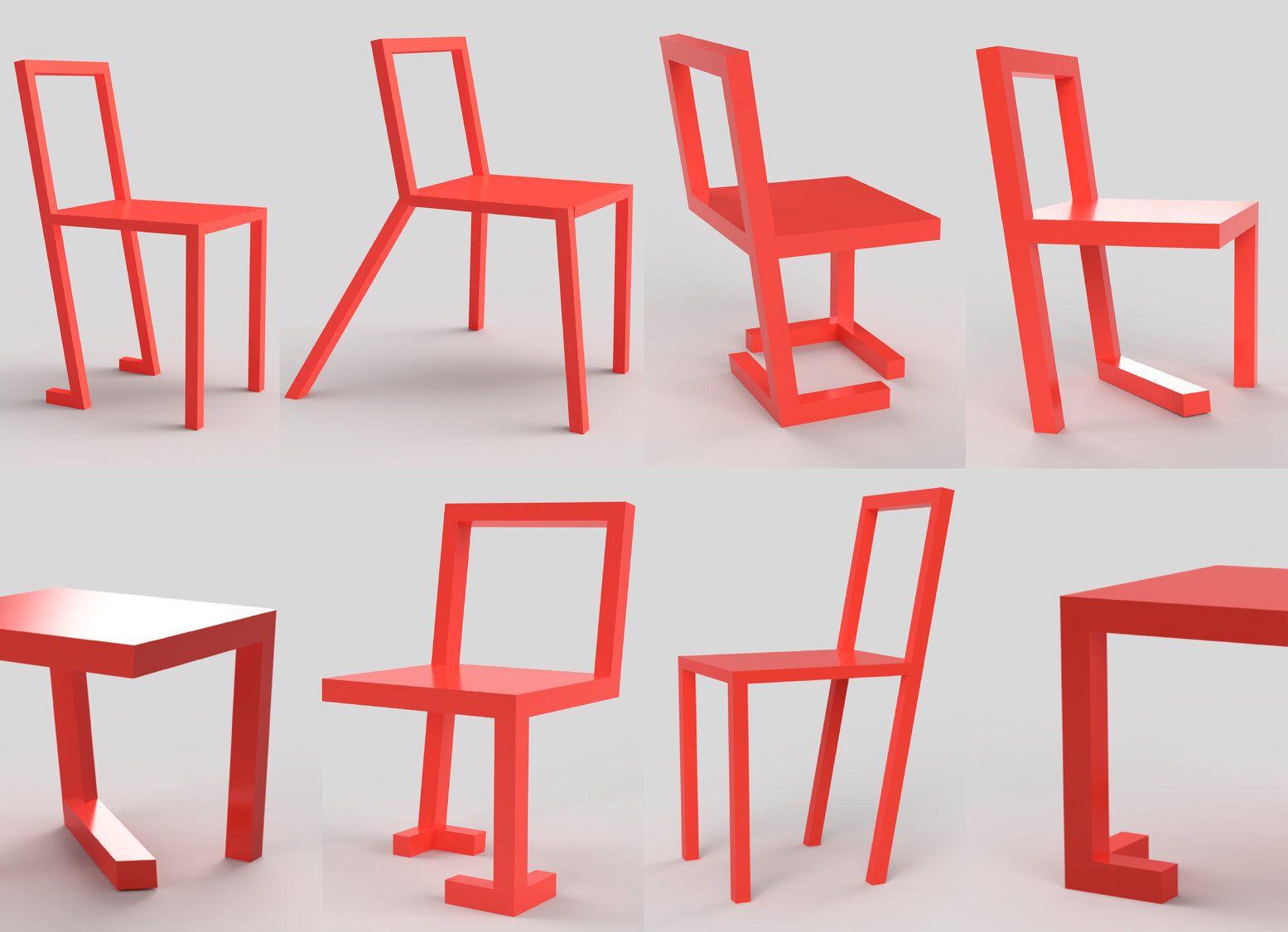
Which designers/architects are you inspired or influenced by? What other fields and inputs outside of the design world provide you inspiration?
Paul Kötz:
“The answer to this question is not an easy task. However, I believe that there are numerous designers and architects throughout history and today who have demonstrated exceptional talent and distinctive approaches. The ones that inspire and excite me the most are those who exhibit a playful approach, pushing the boundaries of design and opening up new paths of creativity. Designers like Tom Dixon, Max Lamb, Philippe Malouin, Maarten Baas or studios like Nendo and BigGame are the ones that really fascinate me.
For me, the boundaries between “inside” and “outside” the design world are fading. In my experience, banal objects, chance encounters, exciting travel, and cultural experiences all have the potential to inspire me. It’s always great when inspiration strikes, even in unexpected situations. Sometimes you find it in places you’ve visited a thousand times. By keeping your eyes open and being ready to be inspired by the world around you, you never know what amazing ideas you might come up with.”

What is your relationship with social media? What is the impact of social media on your work as compared to the “real” world?
Paul Kötz:
“I have mixed feelings about social media. While it can also be a source of distraction and negativity, it’s important to focus on the positive aspects and use it to our advantage. With its great reach and visibility, social media is a powerful marketing tool. However, I believe that it can be a valuable source of inspiration, trends, and feedback. Compared to the real world, social media offers a faster and broader platform for inspiration, which can greatly enrich and expedite my design process.
I think it is important to acknowledge that social media also has its negative aspects. The abundance of content and information can sometimes limit the creative process by causing distractions or making it difficult to focus on a specific idea. It’s important to find a balance in your use of social media. I’ve learned to use it as a source of inspiration without becoming overwhelmed.”




